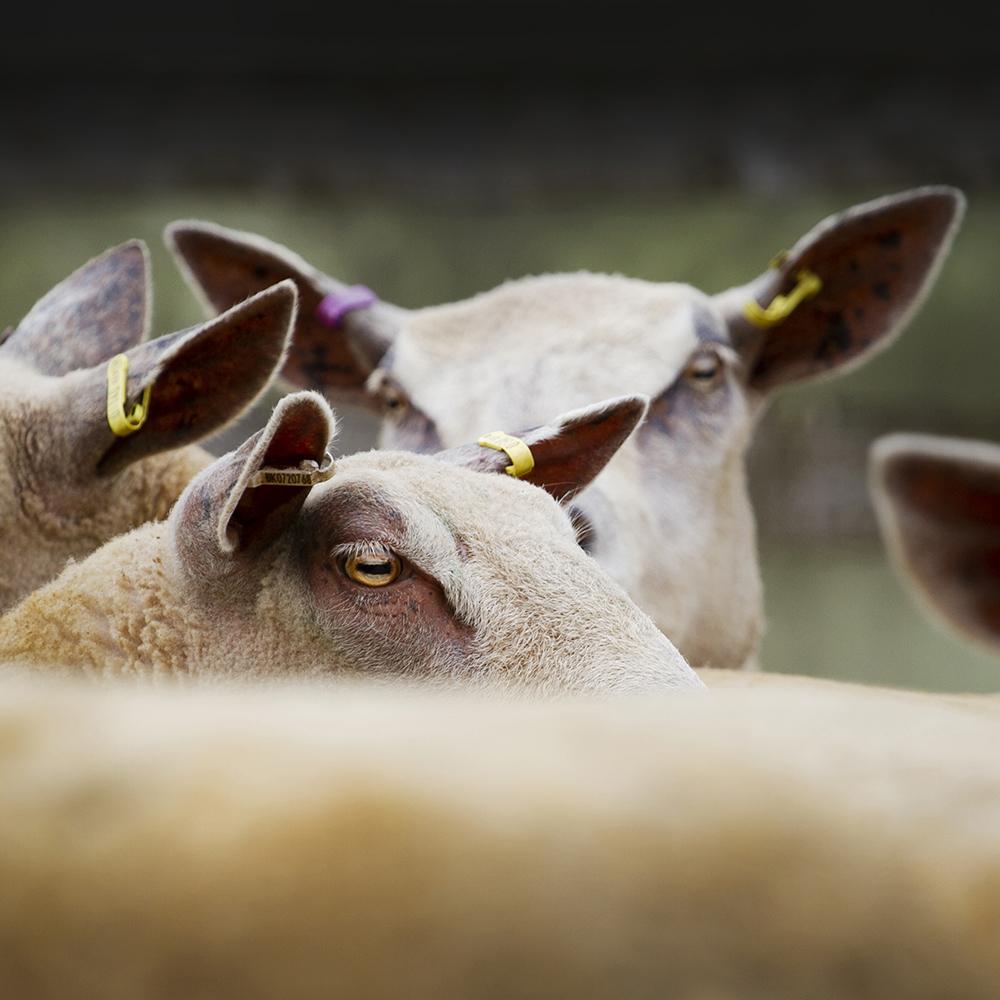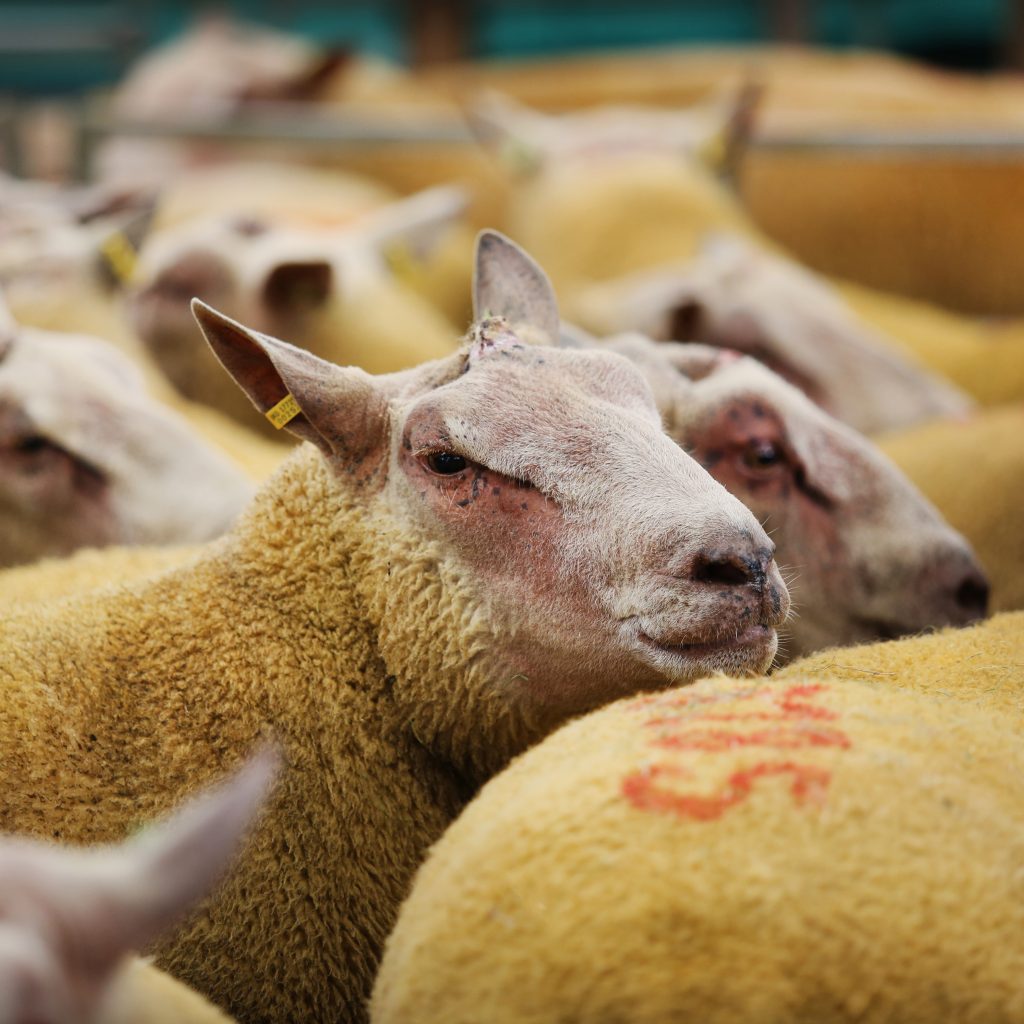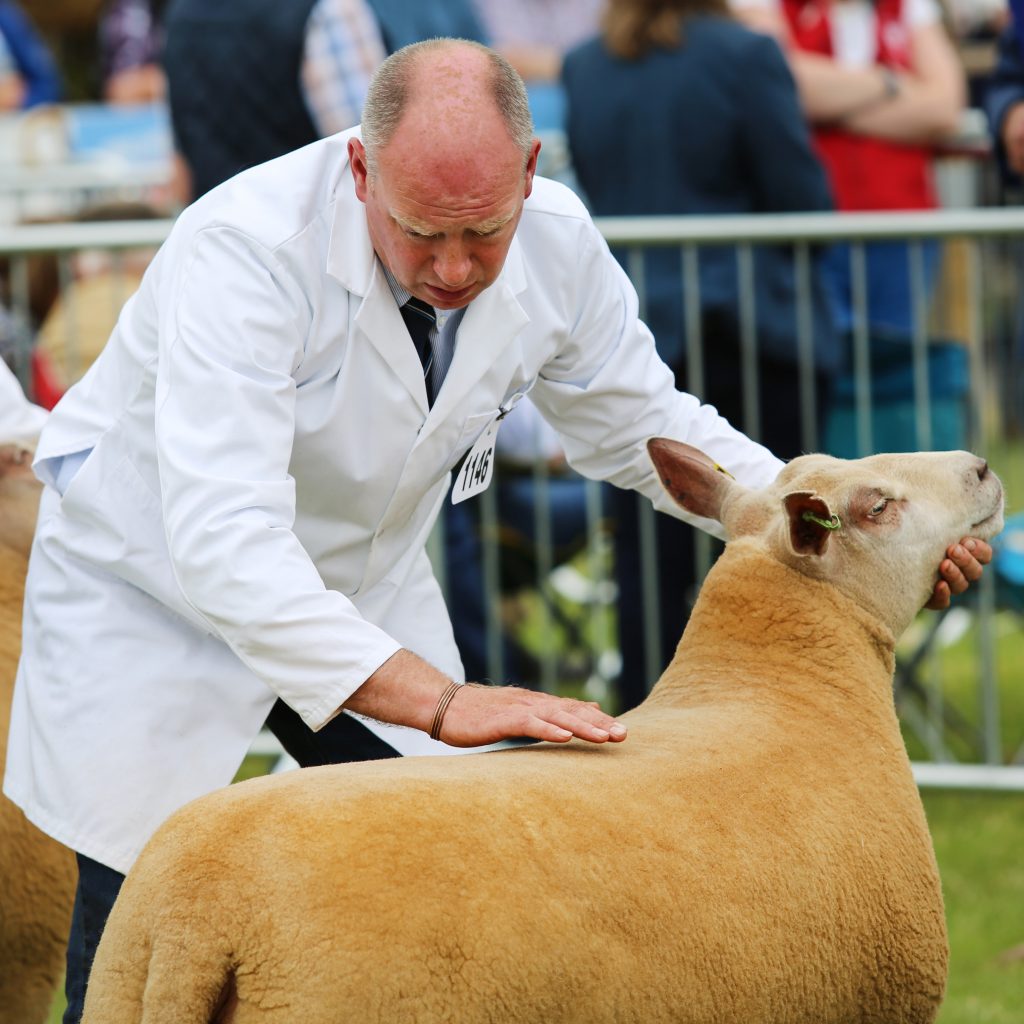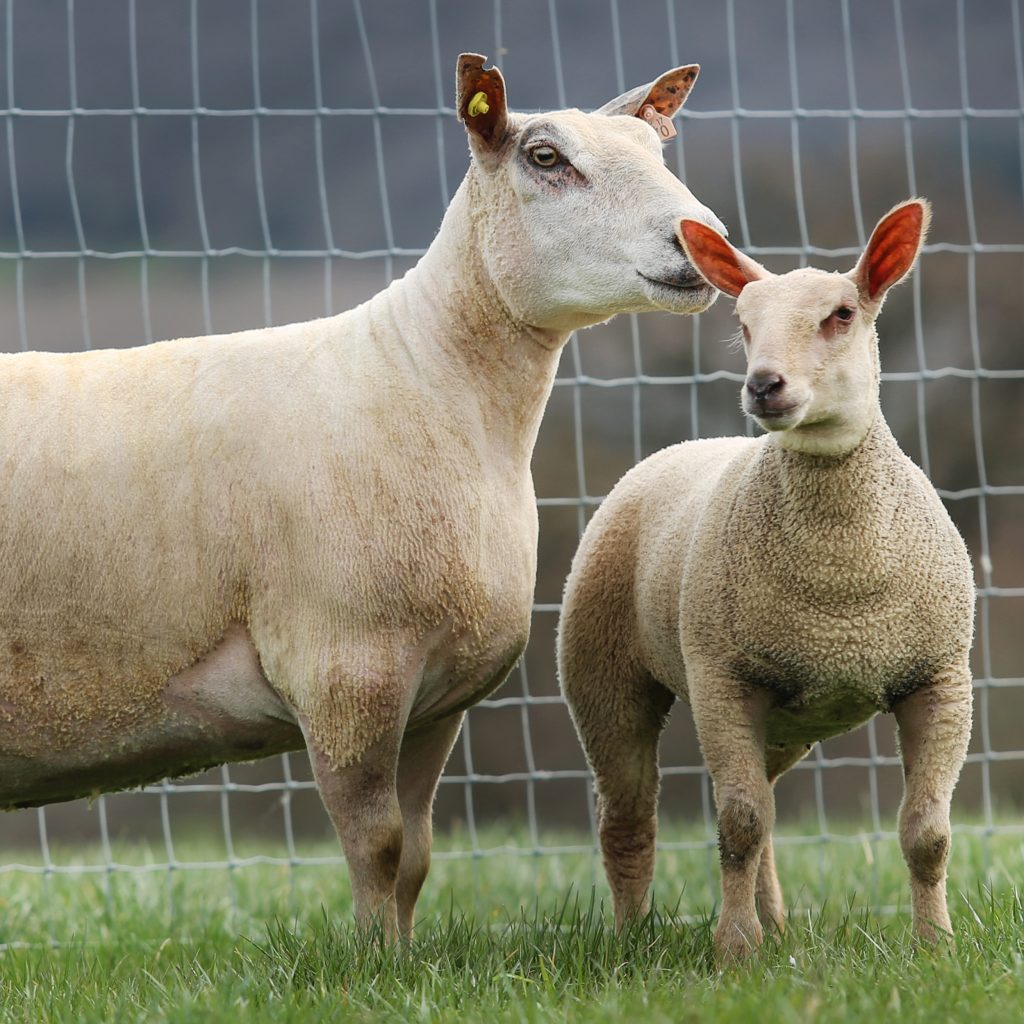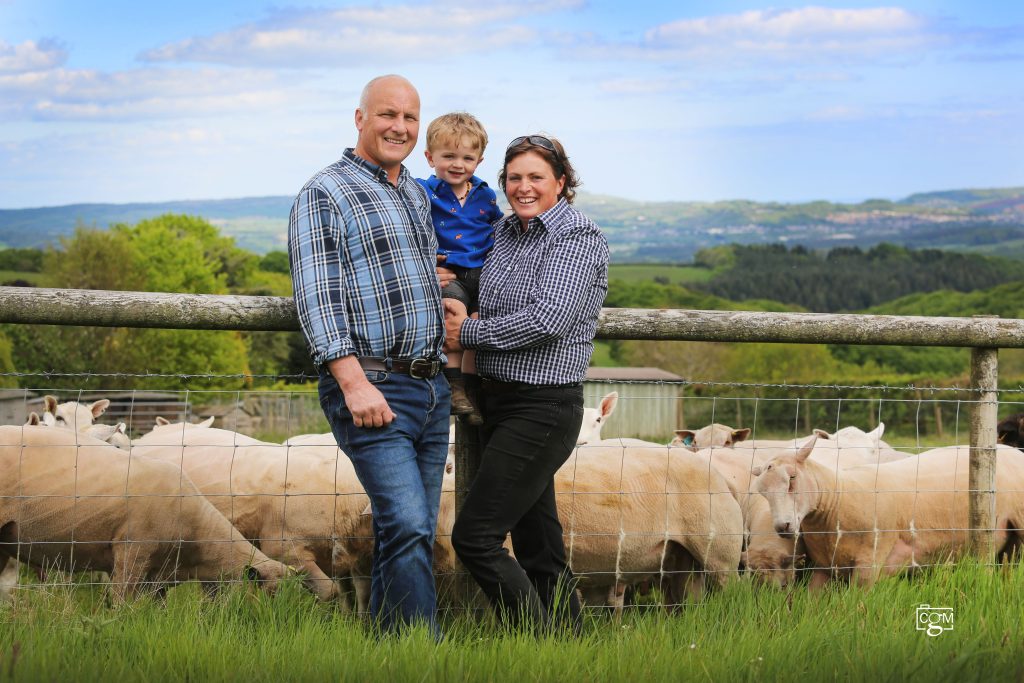
Running a flock of 165 Suffolk cross ewes alongside 180 pure North Country Cheviot ewes, the couple have developed a self-contained breeding flock, with rams being the only stock now purchased.
“We breed about 80-90 of the Cheviots pure and then put the remainder to Bluefaced Leicester rams to breed our own Cheviot Mules, with these then put to Suffolk’s to produce the Suffolk cross replacement ewes we require.
“It is these Suffolk cross ewes which are then put to Charollais rams to produce prime lambs which are sold early in the season through Exeter Livestock Market,” explains Julie.
The couple lamb a portion of the Suffolk cross ewes in January, having previously synchronized ewes to achieve this. “Last year we just put the tups in with the ewes for one cycle aiming to start lambing in the first 10 days of January. We ended up with more than 140 lambing in the first week.
“January lambing suits us as it fits in around the other workload in the farm and allows us to sell lambs early in the year, helping to maximize income and providing cashflow earlier.
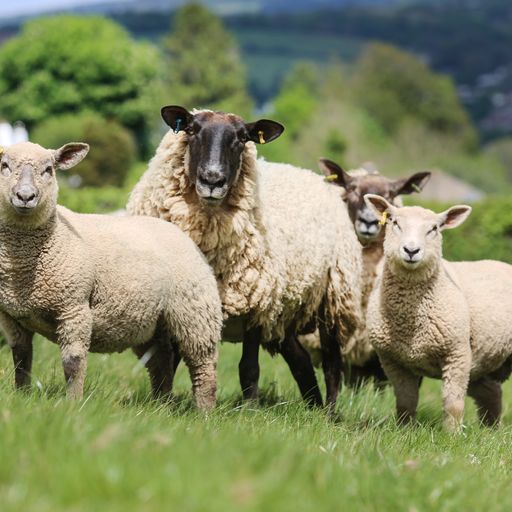
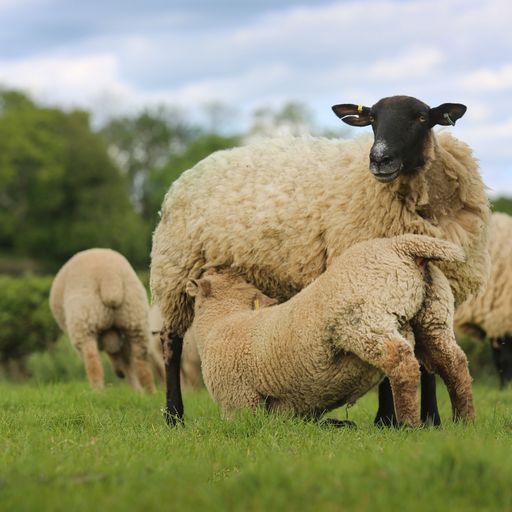
“In 2021 we sold 170 lambs before the end of May at an average liveweight of 38kg to level at £131 apiece. That sort of performance is down to the easy lambing, quick growth and fast finishing of the Charollais lambs which means we can get them away earlier at better money,” she says.
Julie says the compact lambing period makes management easier and having lambs away quickly reduces grazing pressure on the farm through the summer months. “We have plenty of other mouths to feed later in the year, so getting those early lambs sold as quickly as we can make a big difference to stocking rates.
“A quick, compact lambing also gives us good numbers of lambs to draw from, usually taking 40-45 lambs a week once we start selecting,” she adds.
On the management side, the couple don’t feed ewes before lambing, offering twin-bearing ewes high energy buckets at grass ahead of housing for lambing. “Triplet ewes are brought in 3-4 weeks before lambing starts, with liquid molasses fed for a fortnight before lambing and concentrate offered after lambing.
“The aim is to make the best silage we can, to reduce the reliance on bought-in feed and ensure ewes are in the best possible condition ahead of lambing and enhance milk production. We use a refractometer to check colostrum quality on a regular basis and it is always at the top of the scale.”
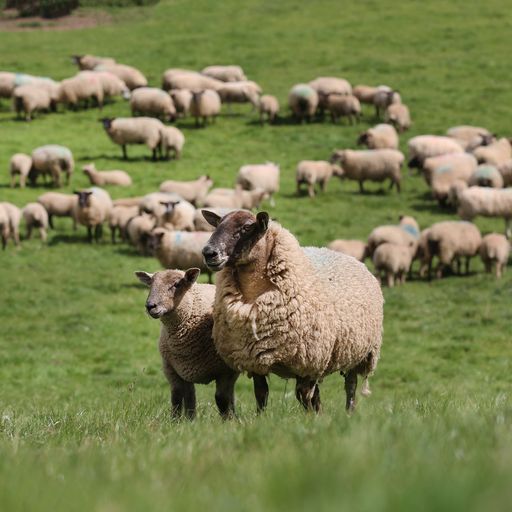
Once lambed ewes and lambs are turned out as soon as the weather allows, with the youngest out at perhaps three days old. “We’re at 600-700ft above sea level and on the edge of Dartmoor, so the weather can be challenging through the early part of the year. We like lambs to be able to stand the weather before we turn them out. With the Charollais cross, once they’re up and going, they stand up to most challenges well.”
To keep lambs thriving throughout the season Julie undertakes faecal egg counts on a regular basis, doing these herself and verifying the results with the farm’s vet to decide on worming strategy.
“We treat all lambs for coccidiosis and nematodirus, but only treat after that on the basis of faecal egg counts. It’s helping reduce handling and that in turn helps lambs thrive as they’re not being penned and handled unnecessarily.
“Ewes, likewise, are not routinely drenched, with only poor ewes ever being drenched and that would likely account for about 10% of the ewes on the farm.”
With more than 350 ewes and 150 cattle run on a total of 300 acres, grassland management is key for the couple, with the oldest leys being 10 years old and grassland regularly reseeded to boost productivity.
“This helps both with grazing and silage quality, keeping production from forage as high as it can be, something which has become increasingly important this year,” says Julie.
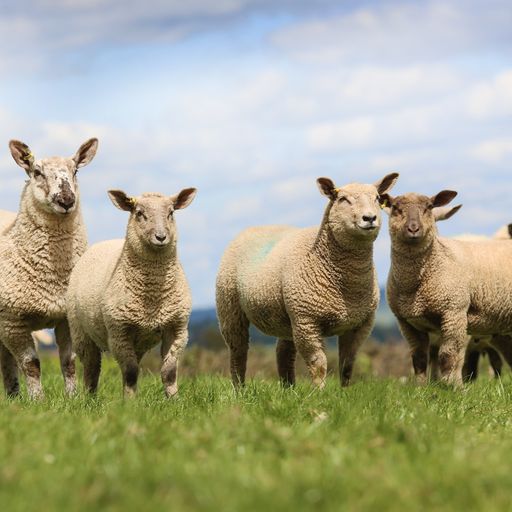
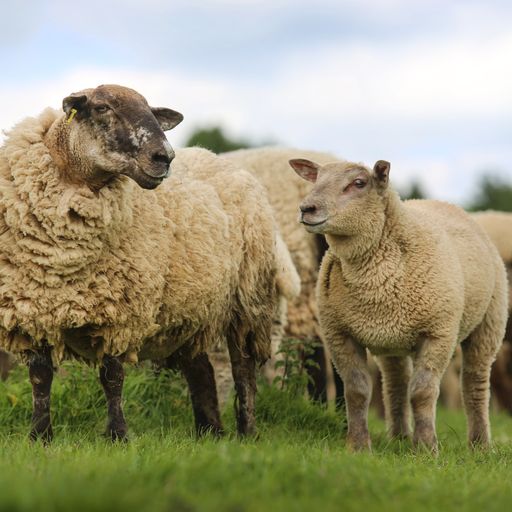
The ability of the Charollais cross lambs to convert grass and forage to lean meat is exceptional and that is testament to the quality of the rams we’re able to source locally with the majority being purchased from the Willow flock of Ben and Amelia Watts.
“Quick growing, well-shaped lambs with good skins are always in demand for both the local and export trade. Charollais cross lambs tick all the boxes for us and our customers. We’ve tried various breeds in the past, but the Charollais has been the most consistent and best suited to our system,” she adds.

